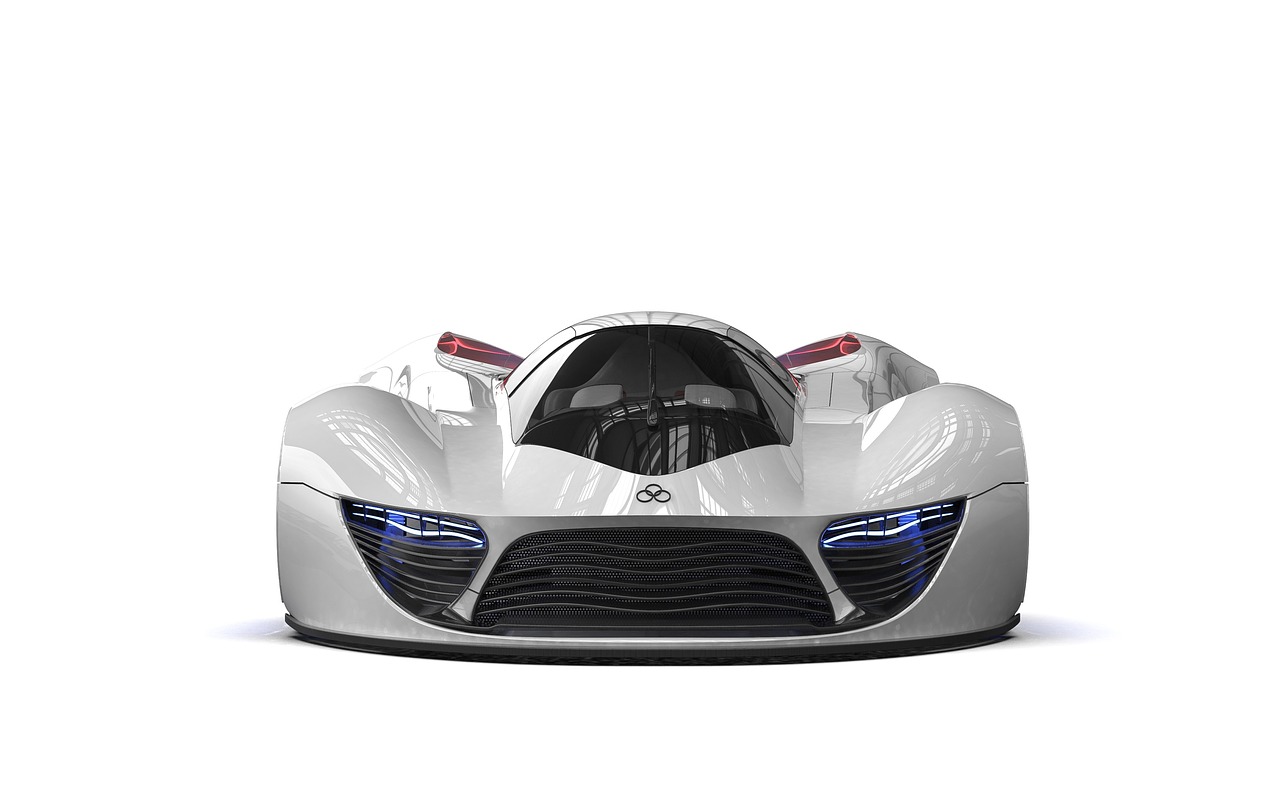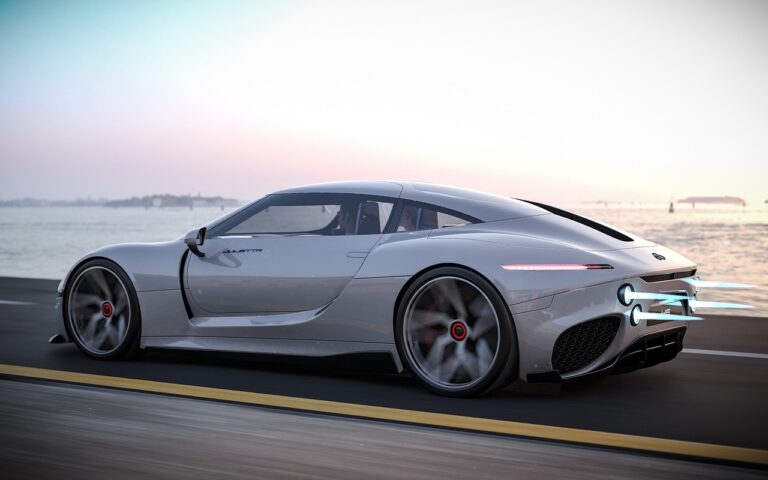The Future of Electric Vehicle Charging: Vehicle-to-Home Energy Transfer
One essential component of vehicle-to-home energy transfer technology is the bi-directional inverter. This device allows the flow of electricity between the electric vehicle and the home, enabling efficient energy transfer in both directions. The inverter converts the direct current (DC) received from the vehicle’s battery into alternating current (AC) that can be used to power the home’s electrical appliances.
Another key element of this technology is the communication interface that enables the coordination between the electric vehicle, the home energy management system, and the grid. Through this interface, the electric vehicle can communicate its energy storage capacity, charging status, and availability for home energy transfer. This communication allows for optimal utilization of the vehicle’s battery storage capacity to support the home’s energy needs, maximizing energy efficiency and cost savings.
Advantages of Integrating Electric Vehicles with Home Energy Systems
Electric vehicles offer significant advantages when integrated with home energy systems. Firstly, the ability to utilize the vehicle’s battery as a backup power source during outages can provide a reliable energy supply for essential devices in the home. This feature can be particularly beneficial in regions prone to power disruptions, ensuring continuity in daily activities and emergency situations.
Moreover, integrating electric vehicles with home energy systems allows for more efficient energy management. By utilizing the vehicle’s battery to store excess energy generated from renewable sources like solar panels, homeowners can optimize their energy usage and reduce their dependency on the grid. This can result in cost savings on electricity bills and contribute to a more sustainable and eco-friendly lifestyle.
Challenges and Solutions in Vehicle-to-Home Energy Transfer
Challenges can arise when integrating vehicle-to-home energy transfer technology due to varying compatibility standards between different electric vehicles and home energy systems. This can result in technical issues and inefficiencies in transferring energy effectively. To address this challenge, industry stakeholders are working towards establishing universal protocols and standards to ensure seamless communication and operation between vehicles and home energy systems.
Another obstacle in vehicle-to-home energy transfer is the potential strain on the electric grid during peak charging times. If a significant number of electric vehicles simultaneously draw power from home energy systems, it could lead to grid instability and increased electricity costs. To mitigate this challenge, smart charging solutions and load management technologies are being developed to regulate energy usage and prioritize charging based on grid capacity and demand patterns.
– Establishing universal protocols and standards for seamless communication
– Addressing technical issues and inefficiencies in energy transfer
– Developing smart charging solutions to regulate energy usage
– Prioritizing charging based on grid capacity and demand patterns
What are the key components of Vehicle-to-Home Energy Transfer Technology?
The key components include a bi-directional charger, smart meters, energy management system, electric vehicle, and home energy systems.
What are the advantages of integrating electric vehicles with home energy systems?
Integrating electric vehicles with home energy systems can help reduce electricity bills, provide backup power during outages, and support the grid by balancing energy supply and demand.
What are some of the challenges faced in Vehicle-to-Home Energy Transfer?
Some challenges include interoperability issues between different systems, high upfront costs of installation, and regulatory barriers.
How can interoperability issues be addressed in Vehicle-to-Home Energy Transfer?
Standardization of communication protocols and hardware can help address interoperability issues and ensure seamless integration between different systems.
What solutions are available to overcome the high upfront costs of Vehicle-to-Home Energy Transfer?
Incentives, rebates, and financing options can help reduce the upfront costs of installation and make Vehicle-to-Home Energy Transfer more accessible to consumers.
How can regulatory barriers be addressed in Vehicle-to-Home Energy Transfer?
Collaboration between policymakers, utilities, and industry stakeholders can help identify and address regulatory barriers to accelerate the adoption of Vehicle-to-Home Energy Transfer technology.







